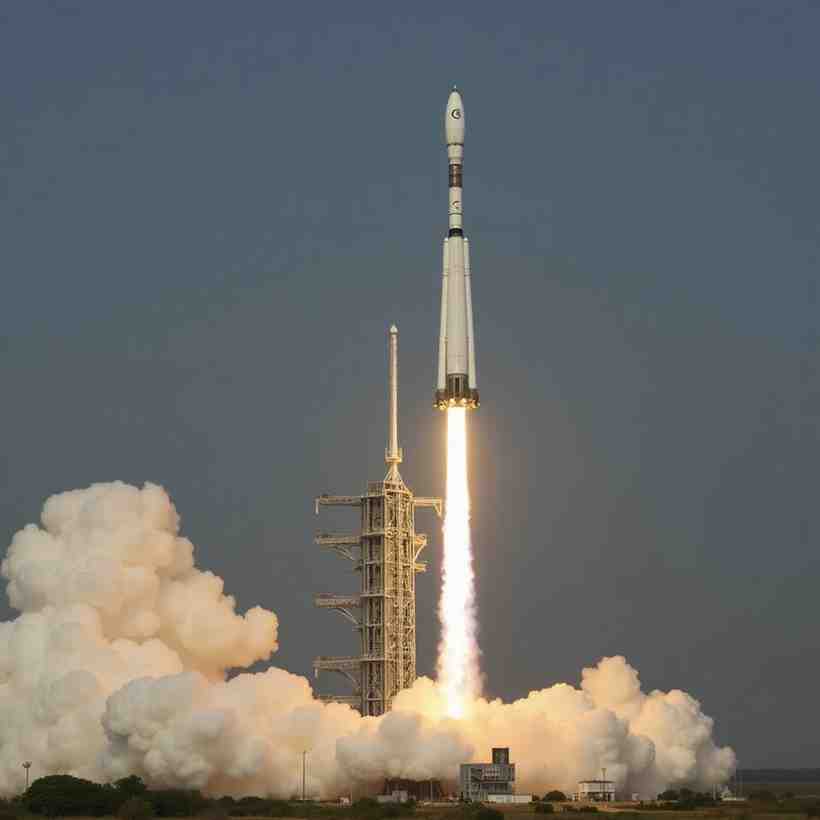
In a separate initiative, the Indian Space Research Organisation (ISRO) is currently designing what would be the most powerful rocket to date the Lunar Module Launch Vehicle (LMLV) . Scheduled to be ready by 2035, the LMLV will deliver 27 tonnes to the Moon and 80 tonnes to low Earth orbit (LEO) and is indicative of India as part of the push to achieve its ambitious targets, including the first crewed Moon mission targeted at 2040.
This is a giant leap illustrating decades of efforts in the sphere of launch vehicles technology:
Early Efforts: Prior to the official establishment of ISRO, India also launched US made sounding rockets. It too has its own first indigenous launch vehicle the SLV-3 which was developed under Dr. A.P.J. Abdul Kalam. In 1980, a second attempt put India in the list of the top six space-faring nations.
Capacity Building: SLV-3 was very limited and there was the Augmented Satellite Launch Vehicle (ASLV). Although it failed to become operational early in the game, it laid the groundwork to the amazingly successful Polar Satellite Launch Vehicle (PSLV), which first flew in 1994. It also launched landmark missions such as Chandrayaan-1 and Mangalyaan with variants such as the core-only PSLV-CA and more powerful PSLV-XL.
Increased Satellite Mass: ISRO has come up with the Geosynchronous Satellite Launch Vehicle (GSLV) to place heavier satellites into higher orbits. The most notable model of this system is an indigenous cryogenic engine which was developed following a technology denial by US in the 1990s. GSLV Mk III ( LVM -3 ) with a lifting capacity of 4,000 kg to geostationary orbit has deployed the Chandrayaan-2, Chandrayaan-3, and communications satellites.
Month: Current Affairs - August 25, 2025
Category: current affairs daily